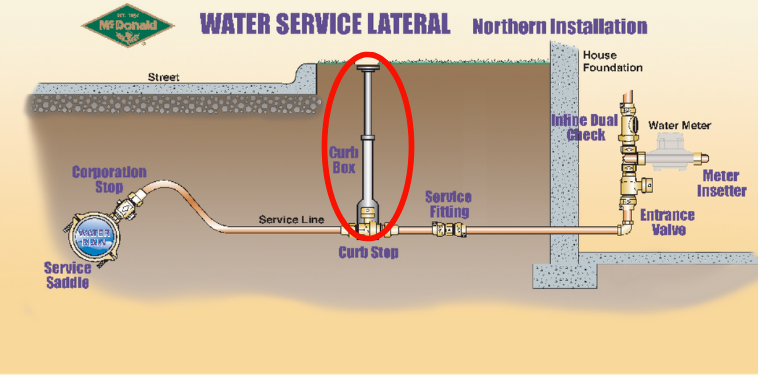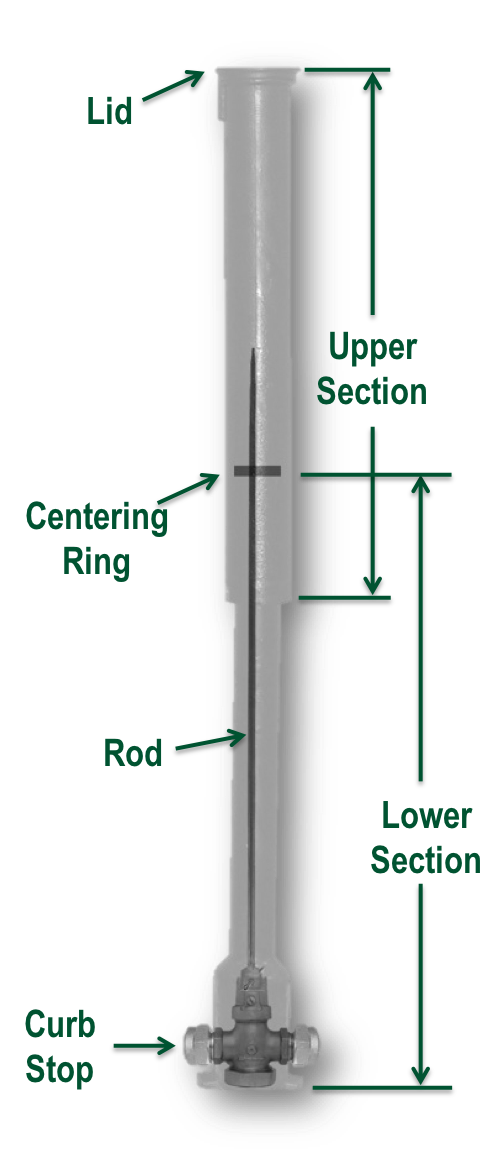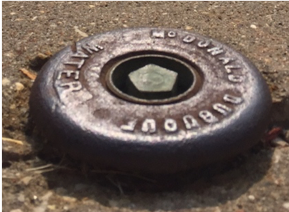How to Address a Curb Box That Has Creeped Above Grade Level

How to Address a Curb Box That Has Creeped Above Grade Level
Frozen pipes are a pretty big deal in a large portion of the United States. Due to the threat of harsh winters and freezing temperatures, the northern installation water service lateral allows water works parts to be located below the frost depth. One of the components that makes this layout possible is the curb box.

Curb boxes are normally designed to be adjusted to grade level on the initial installation. With Screw Style Service Curb Boxes (Buffalo Style), this is made possible with the functionality of the upper section and lower section (see diagram to the right). These components can be adjusted by either sliding up and down with a friction fit inside each other or rotating around each other with a screw type fit.

Initial installation was incorrect, such as using the incorrect height of curb box for proper installation from the start (typical curb boxes are designed to adjust a minimum of 12”). To fix this, you must dig below the grade, cut and rethread the pipe, and replace the lid or cut and use a top repair section (5601TRS - 1” upper, 5604TRS – 1 ¼” upper, 5605TRS – 1 ½” upper, 5606TRS – 2” upper) to bring the curb box to grade.
- During extremely cold winters, frost heave can cause the upper section of the curb box to be pushed above the grade. Correcting this by pushing the upper section back down after the ground thaws is not recommended as this could cause damage to the curb stop if the friction between the upper and lower sections is great enough to push both sections down simultaneously.
- Ground settling can occur around the curb box while the curb box remains at initial grade level. This can be corrected by adding soil to the initial grade.
With the majority of its components located underground, troubleshooting a curb box requires both knowledge and expertise. While this part is repairable, only those who know what they’re doing, such as the utility/municipality, should perform any troubleshooting or repairs because going in blindly can cause costly damages to the curb box, water service valve, and water service line. As a reputable water works manufacturer, look to A.Y. McDonald to answer your curb box related questions by calling our Customer Service department at 1-800-292-2737 or filling out a contact form.

